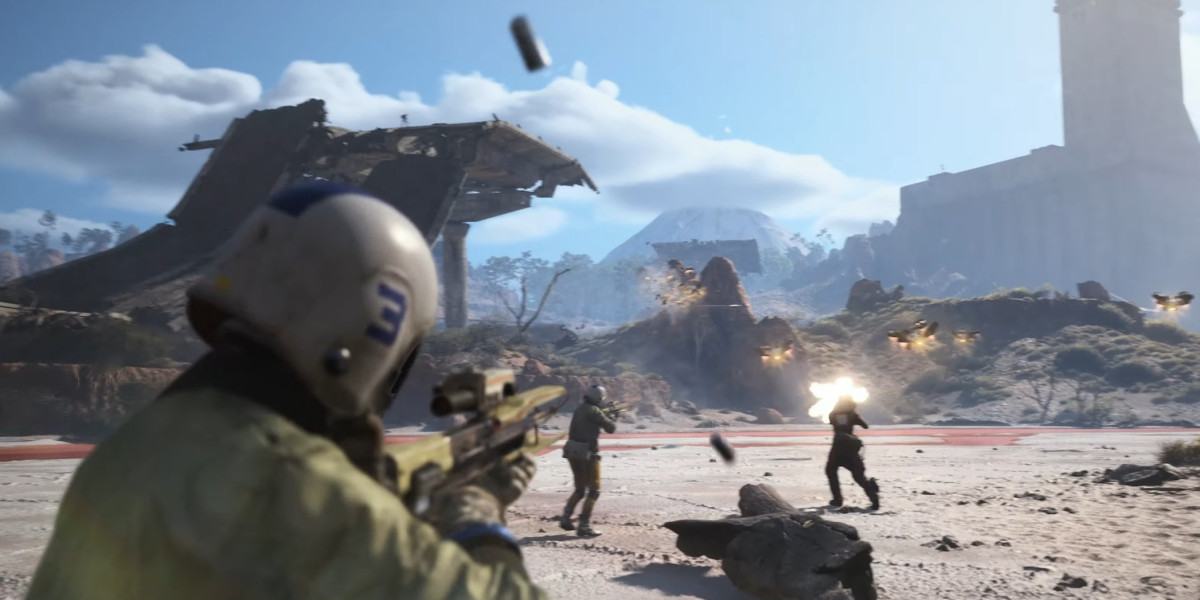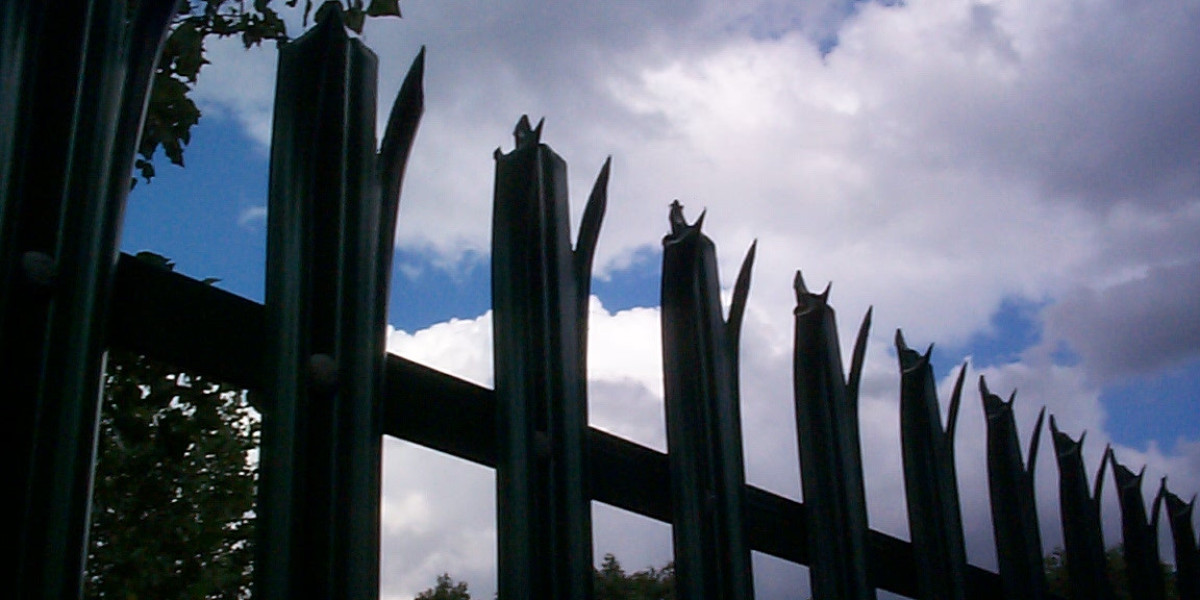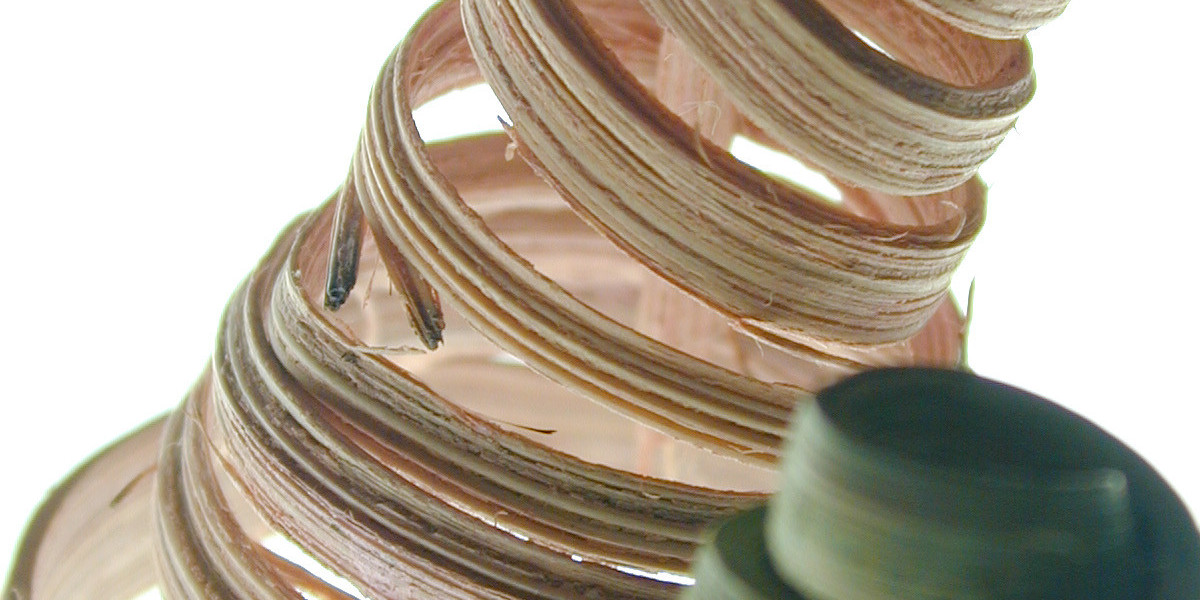The Taj Mahal stands in Agra like a dream carved in white marble. People from all around the world visit this beautiful wonder every day. They see its beauty, its shine, and its calm look. Many tourists take photos, enjoy the view, and feel amazed by its charm. But very few people know about the deep architectural secrets that make the Taj Mahal one of the greatest structures in world history.
Shah Jahan built this monument in memory of his beloved wife Mumtaz Mahal. Love inspired the idea behind the Taj, but science, art, and engineering shaped its body. The monument looks simple at first, but it hides smart designs, invisible techniques, and surprising details. Every part of the Taj Mahal tells a story. Every corner holds a secret. Every stone reveals talent.
In this blog, I will share the best architectural secrets of the Taj Mahal in simple and easy words. You will understand how Mughal builders, craftsmen, and engineers designed this masterpiece with perfect planning, strong science, and artistic brilliance. Let’s begin this beautiful journey.
The Perfect Symmetry of the Monument
The first secret of the Taj Mahal lies in its perfect symmetry. When you stand in front of the main gate and look straight, you see the monument sitting in the center like a mirror image. Everything matches on both sides. The domes, the arches, the minarets, the gardens, and even the water channels follow a balanced pattern.
Mughal builders created this idea to show harmony, balance, and eternal love. They used math to place every part in the right spot. They measured every stone with care. They created lines that guide your eyes toward the central dome.
The main tomb stands in the middle, and two identical buildings sit on each side. One structure is a mosque, and the other looks the same, but it works only as a design balance. The matching look creates a peaceful feeling in your mind.
When you walk inside, the symmetry continues. The walls match. The patterns match. The floors match. The decorations follow the same rhythm. Every detail respects the rule of balance.
This perfect symmetry shows the skill of the workers and the vision of the architects. It shows how they shaped art with accuracy. Many monuments around the world try to follow symmetry, but the Taj Mahal does it with complete perfection. This makes it one of the most beautiful creations ever built.
The Mystery Behind the Tilted Minarets
You may notice four tall minarets standing around the main dome. They look straight, but they do not stand in a completely vertical line. The builders tilted each minaret slightly outward. This small angle works like a brilliant safety plan.
If an earthquake hits the area, the minarets will fall away from the main structure and not toward it. The builders wanted to keep the central tomb safe, so they made this smart decision. Many modern engineers study this idea even today.
The tilt also helps the minarets look straight to the viewer. When you stand at the front gate, your eyes see the minarets in a perfect alignment. The angle tricks your vision and makes the structure look taller and sharper.
This simple tilt shows the genius of Mughal engineering. They used science without modern machines. They trusted knowledge, teamwork, and logical planning. Their idea still inspires architects around the world.
Optical Illusions in the Taj Mahal
The Taj Mahal uses many clever optical illusions. These illusions guide your eyes and shape your feelings.
1. The Taj Looks Bigger When You Walk Away
When you walk from the main gate toward the monument, you feel that the Taj looks smaller. But when you walk away from it, the Taj looks bigger. This happens because of the layout. Builders created this effect to surprise visitors.
2. The Main Dome Looks Taller
The central dome stands tall, but the drum under the dome creates extra height. This design makes the dome look even bigger from a distance.
3. The Calligraphy Changes Size
The Quranic verses on the entrance gate follow a rising size pattern. The letters at the top are bigger. The letters near your eyes are smaller. This trick makes everything look equal from the ground.
4. The Walkway Shapes the View
The arched gateway frames the Taj Mahal like a picture. The builders planned this view with thought. When the visitor steps through the gate, the Taj appears suddenly like a magical vision.
These optical illusions increase beauty and drama. They help the monument shine in a unique way. The builders knew how human eyes work, and they used that knowledge to shape these effects.
Advanced Engineering Techniques
The Taj Mahal stands strong because the builders used advanced engineering for its foundation, walls, and structure.
A Strong Foundation on River Soil
The monument sits near the Yamuna River. The soil is soft, so the builders created a deep foundation. They filled the base with large wooden posts. River water keeps the wood moist and strong even after hundreds of years.
A Perfect Load Distribution Plan
The builders placed the heavy dome in the center. They created strong walls that carry the weight evenly. Each arch, pillar, and minaret supports the main structure.
Marble That Reacts to Light
The white marble changes color with sunlight. Morning light gives it a golden glow. Afternoon light gives it a bright white shine. Moonlight gives it a soft silver color. This natural effect adds charm to the structure.
Temperature Control Through Design
The builders placed thick marble walls that keep the interior cool. The dome and arches allow air to circulate. These features help the building stay comfortable in all seasons.
These engineering techniques show the brilliance behind the Taj Mahal. The architects used nature, science, and smart planning to create a monument that stands strong even today.
The Secret Behind the Floating Dome
One of the most beautiful secrets of the Taj Mahal lies inside the dome. When you stand inside the main hall, the dome looks like it floats in the air without any support. But the builders created a smart double-dome technique.
What Is a Double Dome?
A double dome has two layers. The lower dome creates the inside view. The upper dome creates the outside shape. A hollow space sits between them. This design makes the dome look taller from the outside and wider from the inside.
Why Did They Use a Double Dome?
It creates a floating effect.
It improves sound inside the hall.
It reduces heat.
It makes the structure stable.
When you clap inside the main hall, you hear an echo. The dome creates this natural sound effect. The architects wanted to create a peaceful and spiritual feeling through sound.
This floating look of the dome remains one of the most admired secrets of the Taj Mahal.
Rare Materials and Hidden Inlay Work
The Taj Mahal shines with white marble, but the real beauty lies inside the inlay work. The builders used rare stones, precious gems, and colorful minerals.
Rare Stones Used
Lapis lazuli
Turquoise
Carnelian
Jasper
Jade
Onyx
Crystal
They placed these stones inside marble and created floral patterns, vines, stars, and geometric shapes. This technique is called Pietra Dura.
Glow-in-the-Dark Stones
Some stones glow in moonlight. The builders used stones that catch light and shine through the marble. This gives the Taj Mahal a magical look at night.
Hidden Patterns in the Carvings
The carvings look simple from a distance, but they show tiny details when you go near. Every flower, leaf, and shape follows a clear design rule.
The inlay work makes the Taj Mahal look rich, royal, and artistic. This hidden art takes years to learn, and even today very few craftsmen can do it with perfection.
The Perfect Garden Layout
The garden in front of the Taj Mahal follows the Charbagh design. This garden style comes from Persian culture, and it divides the area into four large sections.
Why Did the Builders Use Charbagh Design?
It creates a balanced layout.
It symbolizes paradise.
It guides the visitor toward the main monument.
It gives a clear view of the reflection.
Water channels run through the garden. These channels reflect the monument and create a mirror effect. When you stand near the fountain, you see the Taj in the water. This adds beauty to the view.
The trees follow a planned pattern. The bushes grow in straight lines. The pathways divide the sections clearly.
The garden does not stand just as decoration. It works like a welcome passage that prepares visitors for the main view. It calms the mind and slows the steps. This makes the Taj Mahal look even more beautiful.
The Hidden Calligraphy Tricks
The Taj Mahal has beautiful calligraphy along the arches and walls. The builders used black marble to write Quranic verses.
The Smart Trick
The letters at the top are big. The letters near the visitor are small. When you stand on the ground, everything looks the same size. This trick helps visitors read the verses without losing clarity.
The calligraphy lines follow the curves of the arches. They blend with the decoration. The writing style flows like art. The builders did not treat it like simple writing. They shaped every letter with care.
This calligraphy shows respect, beauty, and devotion.
Myths and Untold Stories
The Taj Mahal holds many myths. Some stories are true, some are not, but all add mystery to the monument.
Myth 1: Black Taj Mahal
People say Shah Jahan planned to build a black Taj across the river. Many historians doubt this story, but it remains popular.
Myth 2: Workers Lost Their Hands
Another story claims that workers lost their hands so they could not build another Taj. There is no proof of this story. The workers continued to work on other monuments.
Myth 3: The Taj Changes Color Because of Magic
The Taj changes color because marble reacts to light, weather, and time of day.
These myths make the monument even more interesting. They add curiosity to every visit.
Preservation Secrets of the Taj Mahal
The Taj Mahal is centuries old, yet it still looks strong and beautiful. The preservation teams use many careful methods.
Regular Cleaning With Mud Packs
Experts use a natural mud pack to clean the marble. This mud removes stains and dust. It keeps the stone bright and smooth.
Protection Against Air Pollution
Authorities control vehicle movement near the monument. This reduces harmful smoke.
Monitoring Marble Health
Scientists check cracks, moisture, and dust levels. They track changes and treat the monument with modern tools.
Garden Care
Workers trim bushes, clean water channels, and maintain pathways to preserve the garden layout.
These preservation efforts keep the Taj Mahal safe for future generations.
Final Thoughts
The Taj Mahal stands not only as a symbol of love but also as a masterpiece of art, architecture, and engineering. Every part of this monument holds a story. Every detail shows intelligence. Every corner reflects the skill of ancient workers. When you visit the Taj Mahal, you see more than white marble. You see smart science, deep thought, and powerful imagination. You see history shaped into a perfect structure. You see beauty that speaks without words. Many travelers even explore Taj Mahal Tour Packages to understand these wonders closely and enjoy a smooth travel experience.
The architectural secrets of the Taj Mahal remind us that great work comes from passion and patience. The builders trusted ideas that came from math, nature, and creativity. They worked with hands, hearts, and dreams. The Taj Mahal continues to inspire people even today. It stands strong, glows bright, and welcomes the world with love and pride.








